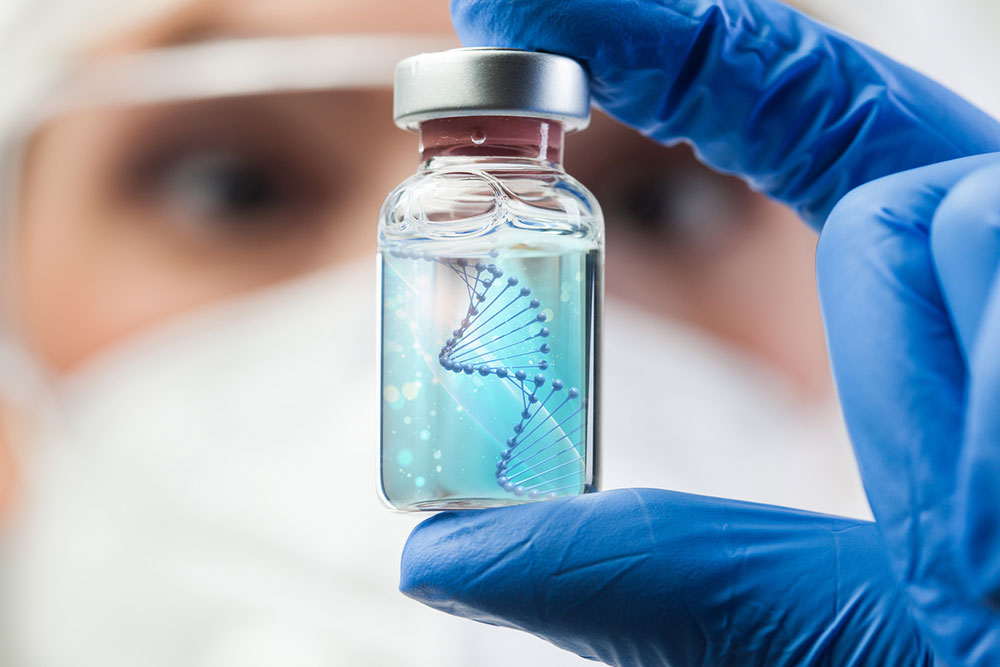Key differences between Novavax and mRNA vaccines

Essentially, most vaccines that serve a common end goal tend to be pretty similar on the surface. For instance, Novavax and the other distinctive mRNA-based vaccines, such as those developed by other prominent manufacturers, are the various types of COVID-19 jabs available there. However, they differ in their underlying technology and how they stimulate an immune response to protect against the SARS-CoV-2 virus. Here’s an overview of the differences between Novavax and other mRNA vaccines:
Vaccine technology
Novavax
The Novavax COVID-19 vaccine, known as NVX-CoV2373 or simply Novavax, uses a more traditional vaccine technology called protein subunit. It contains a piece of the SARS-CoV-2 virus, specifically the spike protein found on the virus’s surface. This spike protein is produced in a laboratory and assembled into nanoparticles. When the vaccine is administered, the immune system recognizes the spike protein as a foreign unit and mounts an immune response against it.
Other mRNA vaccines
Most other mRNA vaccines tend to take a different approach. They use a small piece of genetic material called messenger RNA (mRNA) to instruct cells in the body to produce a modified spike protein found on the surface of the SARS-CoV-2 virus. The immune system recognizes this spike protein and generates an immune response.
Delivery method
Novavax
Novavax is delivered as a protein-based subunit vaccine. It does not contain live or weakened virus components. Instead, it includes a harmless piece of the spike protein. The vaccine is administered via intramuscular jabs.
Other mRNA vaccines
mRNA vaccines deliver genetic instructions to cells, allowing them to produce the spike protein themselves. These vaccines do not contain the live virus or any viral components. Like Novavax, mRNA vaccines are administered via intramuscular jabs.
Storage and stability
Novavax
Novavax vaccines are generally more stable and do not require ultra-low temperature storage. They can be stored and transported at standard refrigeration temperatures, simplifying distribution logistics.
Other mRNA vaccines
Many other mRNA vaccines have stricter storage requirements. For example, many of them need to be stored at ultra-low temperatures (-70°C or -94°F), making their distribution more complex.
Efficacy and data
Novavax
Clinical trial results for Novavax have shown it to be up to 90% effective in preventing COVID-19, with efficacy rates varying based on the specific study and the circulating variants.
Other mRNA vaccines
Similarly, multiple other vaccines have demonstrated high efficacy numbers in clinical trials and have been widely used in many countries under emergency use authorizations.
In all, Novavax and mRNA vaccines only differ in their technology and vaccine delivery methods. Novavax relies on a protein subunit approach, while mRNA vaccines use genetic instructions to stimulate an immune response. Both types of vaccines have been used to prevent COVID-19, and the choice between them may depend on availability, storage logistics, and individual preferences. It’s important to consult with doctors and follow specific health guidelines when deciding which COVID-19 vaccine to take.
Reference links:
https://www.muhealth.org/our-stories/what-you-need-know-about-novavax-vaccine